Exploring the Sensual Power of Dance in Cinema
One of the things that draw the most attention in any context is certainly the dance. It has this ability to capture and hold people’s attention for many reasons. And perhaps one of its most compelling aspects is the way it uses movement to convey emotions and tell stories in a non-verbal form. Dance can express a huge range of emotions, such as joy, sadness and even despair. And the timing of movements is incredibly powerful and captivating.
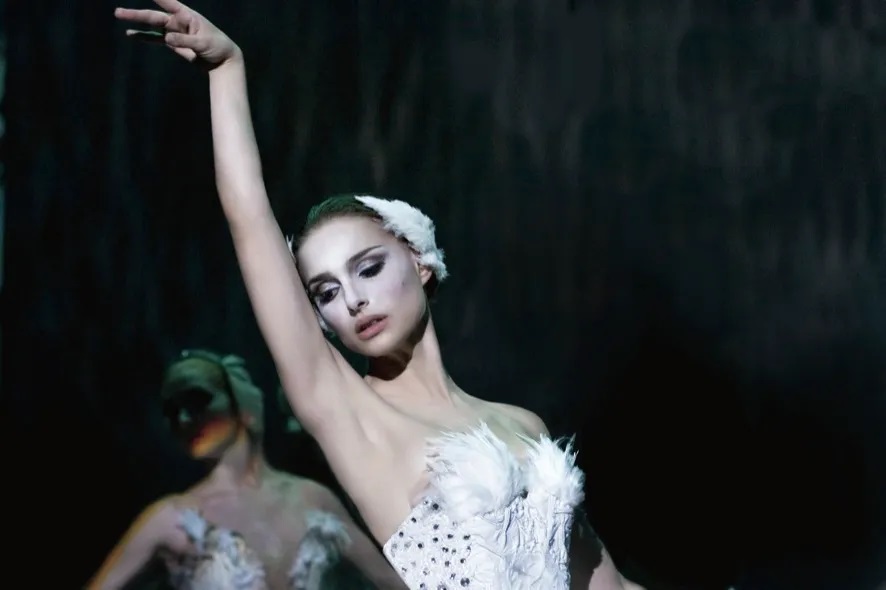
Additionally, certain types of dance involve complex movements that require a certain degree of skill and coordination. When we watch a skilled dancer move his body in a precise and controlled way, we tend to find it fascinating. What indeed it is. All the physics of the movements is really cool to watch.
Another point that makes dancing so cool is the way it can represent connection and chemistry between the dancers. A well-choreographed dance can create a sense of intimacy, even if the dancers are not touching each other. This connection can be very attractive and helps to hold the audience’s attention.
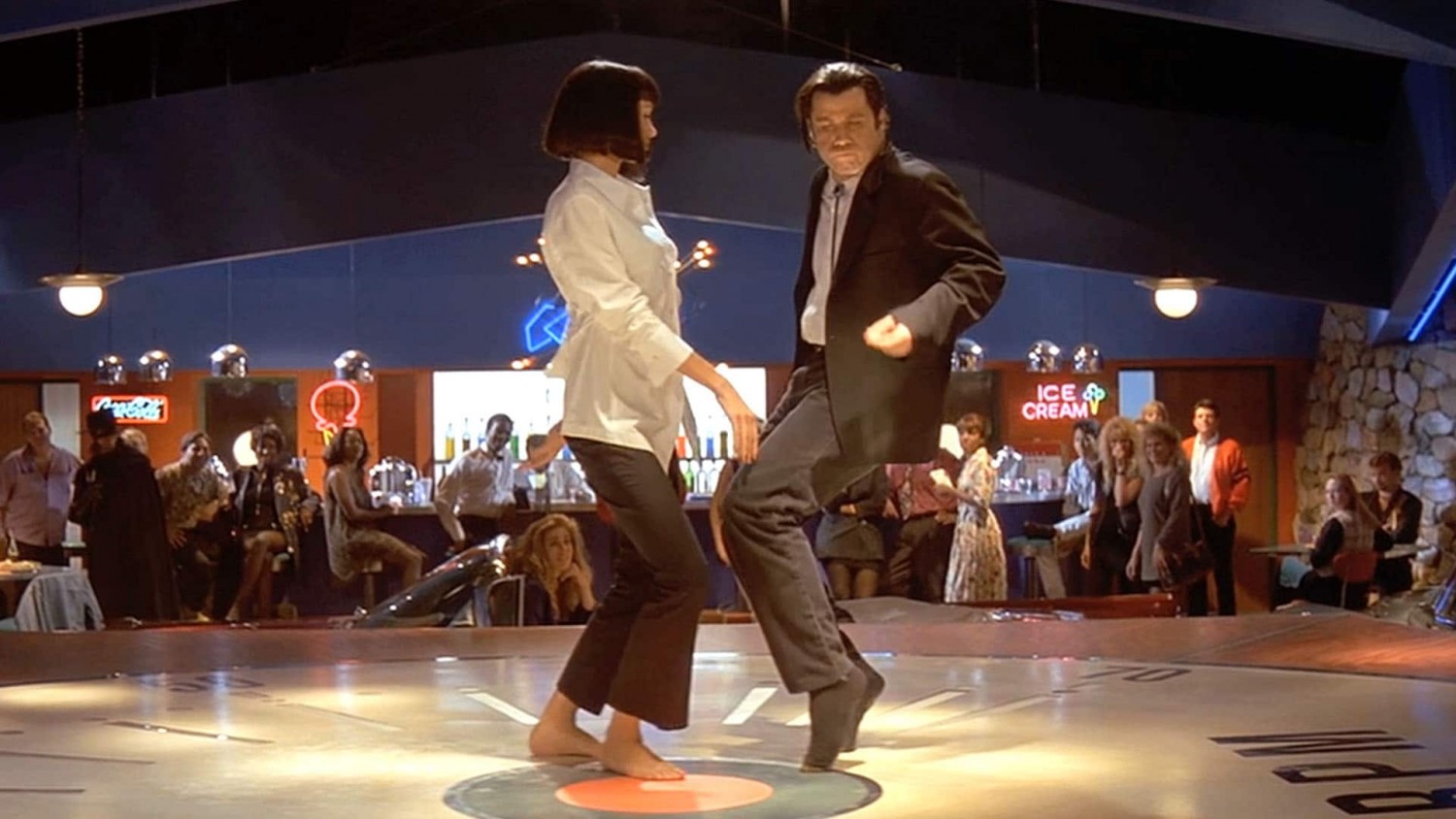
Films and dance go hand in hand and there is even a really nice video about this partnership. It’s worth watching. As mentioned before, dance is often used to convey emotions, in the most varied types. But it is also a powerful tool when it comes to seduction and power, especially in the movies. This article intends to explore this field further and we are going to call this dance style as “Sensual Dance”.
The Intricate Interplay: Seduction, Control, and Empowerment
Sensual dance has been present in film since its inception and as cinema has evolved, so have the dance styles represented on screen. From the provocative flapper dances of the 1920s to the sensual tango sequences of the 1940s, sensual dancing has taken many forms, and has sort of adapted to the cultural norms and preferences of each era.
This style of film dance is all about the power of movement. For example, in “Pulp Fiction” by Quentin Tarantino, the dance scene between Vincent Vega (John Travolta) and Mia Wallace (Uma Thurman), under the sound of “You Never Can Tell” by Chuck Berry, is fun and seductive, showing the chemistry between the two characters as they move across the dance floor. This scene, in addition to being a classic, is a perfect example of how dance can convey that sense of connection and chemistry between the characters that was previously mentioned.
And Tarantino knows a lot about this type of scene. In “Death Proof”, Vanessa Ferlito’s character Butterfly performs an extremely provocative lap dance for Kurt Russell’s character Mike. The dance is both seductive and disturbing, and shows the power dynamic between the two characters and the way in which the dance can be used to assert control and dominance.
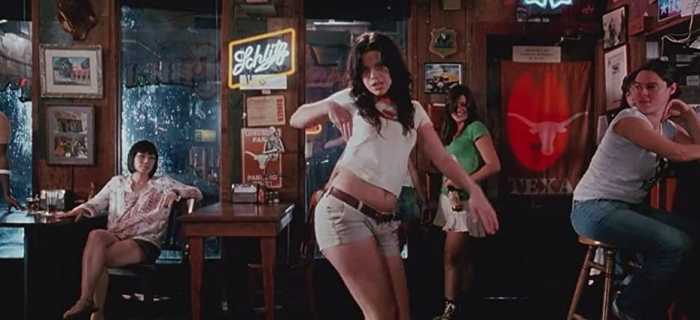
By the way, control and dominance is something very interesting to observe in scenes like this, because this is also linked to the sensual factor. In many cases, dance is used as a form of control through the transmission of sexual power and seduction. The way a character moves is sometimes used to lure and manipulate others. For example, a character might use a seductive dance to attract a romantic interest or use her dancing skills to intimidate or control others in a certain environment.
In “From Dusk till Dawn“, Salma Hayek’s character, Santanico Pandemonium, performs a sensual and seductive dance on the stage of the Titty Twister bar, which serves as a facade for a vampire lair.
As Santanico dances, she uses her movements to lure and seduce the bar’s male patrons, bringing them closer to her and ultimately leading them to their doom. However, as the scene progresses, we realize how Santanico is not simply a passive object of desire, but a powerful and dominant force in her own right, as she demonstrates complete control even under all the biased gazes of the men around her.
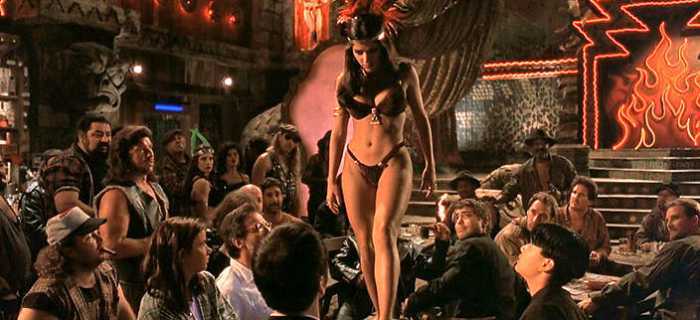
Dance is also a seduction tool in musicals. In “Gentlemen Prefer Blondes“, a film with Marilyn Monroe, the actress performs “Diamonds Are a Girl’s Best Friend“, which is a classic scene even today. In this scene, Marilyn’s character Lorelei Lee performs a sensual dance surrounded by a group of men. The dance here, in addition to the seductive aspect, is a celebration of femininity and sensuality, showing how being can also be used to empower women.
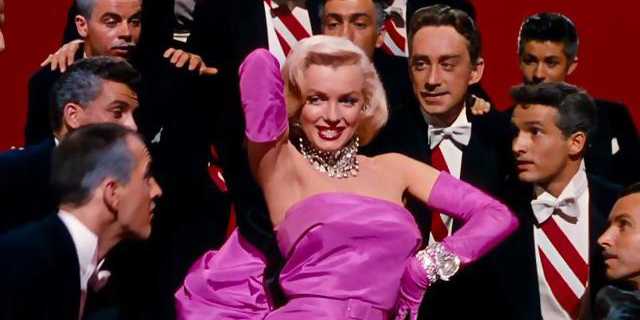
But what about all of those biased looks?
This combination of certain types of dancing together with a male environment or spectator is indeed uncomfortable at times.
As an additional insight to this aspect, it can be difficult to separate women’s empowerment and image exploitation in certain dance scenes in films because both can be present in the same scene, and the line between the two ends up being very thin. On the one hand, a sensual dance performed by a female character can be empowering in the sense that she is taking control of her own sexuality and using it to assert her power over others, as in From Dusk till Dawn or in the Marilyn Monroe movie. This can also be a way for female characters to challenge gender norms and reaffirm their independence.
However, on the other hand, seductive dance scenes can also be exploitative, especially when they are presented only for the male gaze and objectify women. In some cases, these scenes can reinforce harmful stereotypes and contribute to greater cultural objectification of women’s bodies. It is a delicate context.
So, the way in which sensual dance scenes are presented in films can have a significant impact on how they are perceived, and it is important to consider both the empowering and exploitative aspects of these scenes when analyzing their representation over female characters as well as it is important to consider the context of the scene itself. This is what we can see in “Hustlers“, for example.
In this film, Jennifer Lopez presents a mesmerizing Pole Dance choreography in the skin of the character Ramona Vega. Lopez’s performance takes place within the larger context of the narrative. The film follows a group of strippers who hatch a scheme to con wealthy Wall Street clients and this scene takes place in the strip club where the character Ramona work with her apprentice, Destiny. In the context of the film, the pole dancing scene is more than just a sexy and fun performance. It represents Ramona’s mastery of her work, highlighting her skill, bodily ability and control. The scene also illustrates Ramona’s role as a mentor and inspiration to Destiny, who looks up to her and strives to achieve a similar level of success. Also, it serves as a metaphor for the characters’ struggle for financial independence and their determination to take control of their lives, often having to get involved in a world that marginalizes and exploits them. This is a really nice example of how sensual dancing is approached in different contexts, and it give us a deeper understanding of the characters’ motivations and their quest for financial freedom.
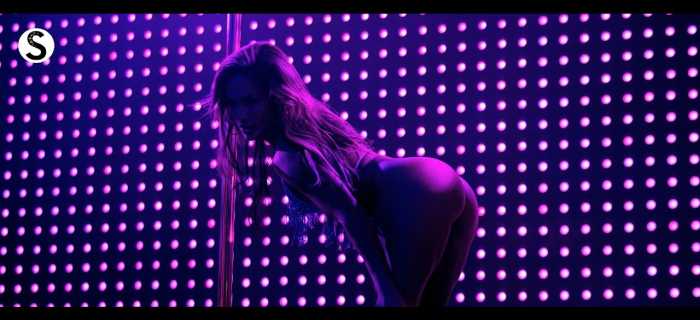
Back to the point, sensual dancing in cinema is not just limited to live action films. Tex Avery already used this in his animations, especially with his character Wolf, back in the 40s.
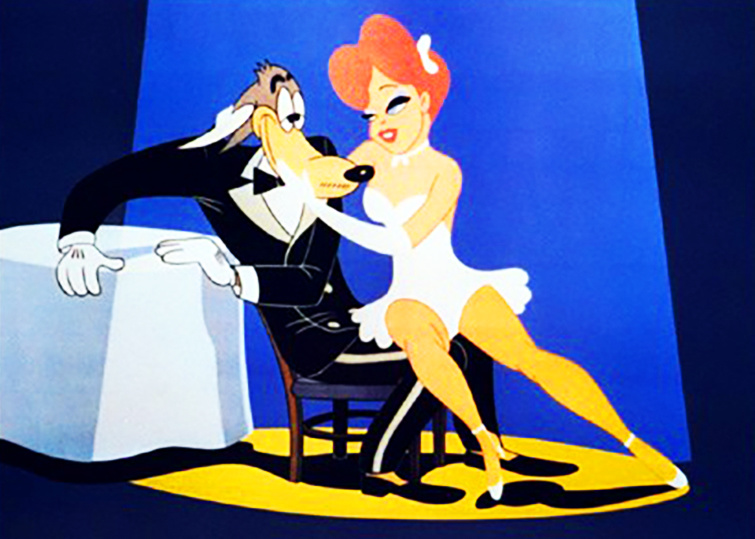
Although Wolf is definitely not the best example of a spectator of this style of dance, it’s nice to see how scenes of this type have been used forever in the most varied forms of audiovisual. This generates a greater reach in addition to reaching different types of audiences as well.
In The Mask, Tina Carlyle (played by Cameron Diaz) also performs a dance similar to that of Cinderella in Tex Avery’s animation (within the right proportions, of course). While there are some references to the animation in this scene, the purposes differ a bit. “Swing Shift Cinderella” focuses on Cinderella’s control and power, while in “The Mask“, the dance serves to enhance the character of Tina Carlyle as well as the environment in which the scene takes place.
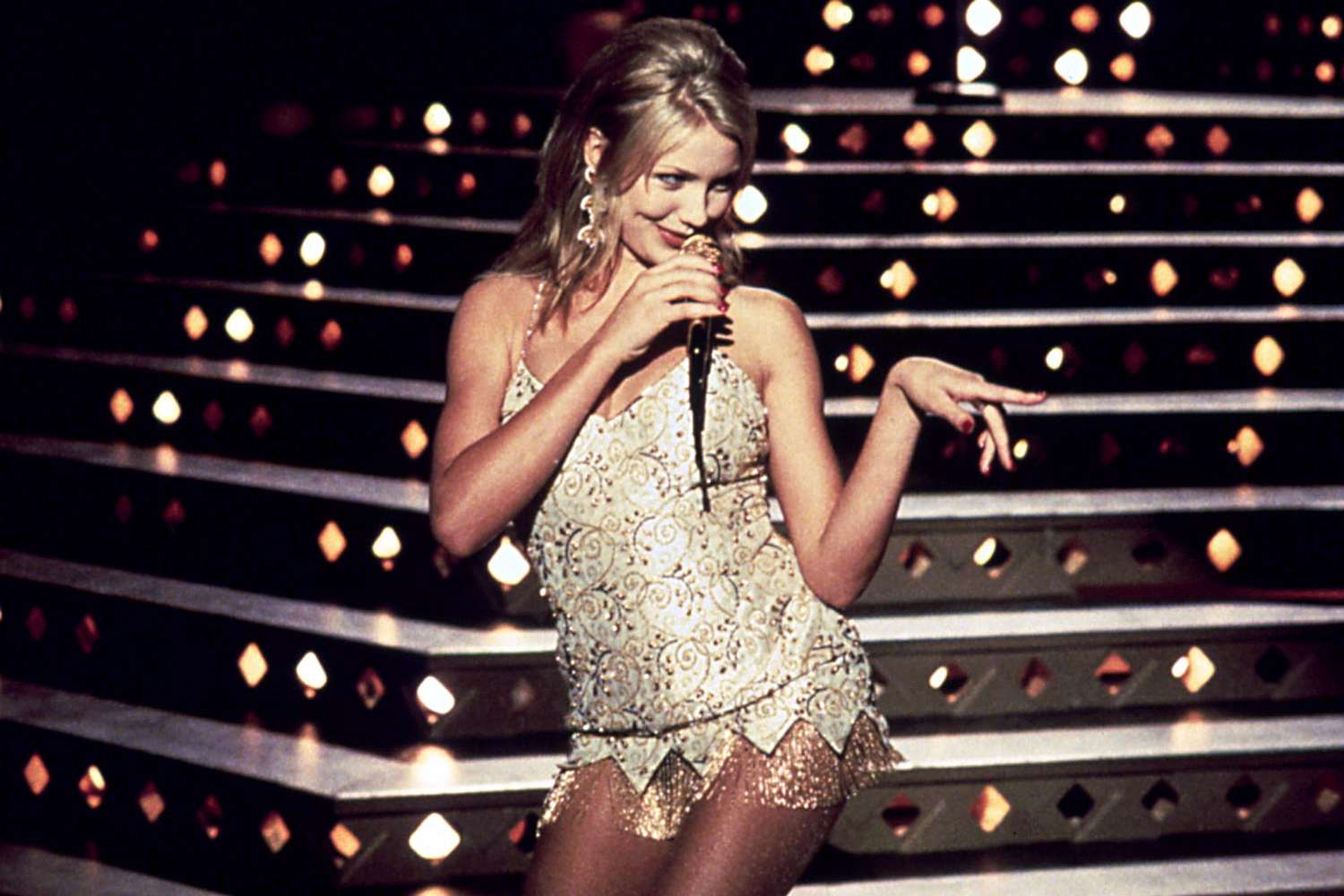
Ultimately, dance manages to capture and hold people’s attention through skill and coordination, the sense of connection and chemistry between the dancers, and the combination of music and movement. Besides being also a form of expression. And these factors work together to create an extremely captivating experience for the audience.
Conveying Emotions and shaping Pop Culture
From the dawn of cinema until today, dance has been used as a powerful tool to convey emotions, tell stories and captivate audiences. This article tried to explore its more seductive side a little. By using their bodies to convey emotions and intentions, characters can communicate their desires and motivations in a subtle and powerful way, as well as being able to subvert some traditional gender roles and challenge audience expectations.
Also, dance sequences like this in movies have had a profound impact on popular culture, influencing trends in fashion, music, and other media. They served as a source of inspiration for artists, choreographers and so on. The most classic scenes are often parodied or referenced in countless forms of media, cementing their place in the collective memory of audiences around the world.
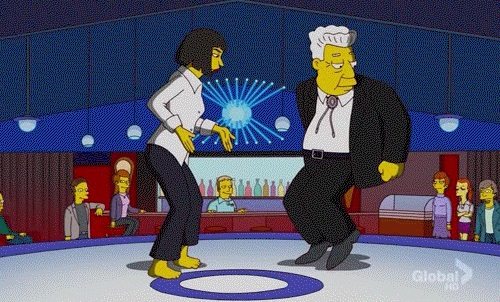
However, the use of sensual dance in films can also be controversial, as it can reinforce harmful stereotypes and objectify women. In some films, female characters are reduced to sexual objects, with their bodies only used for the male gaze. And this is very problematic.
Despite these challenges, sensual dance remains a powerful and transformative tool in film. Whether used to transport the public into a world of romance and enchantment, or to defy certain social expectations, sensual dance will always be synonymous with seduction and commanding attention wherever it may be.
What do you think? Leave a comment.











Great read. For further discussions. What are some of your favorite dance scenes in movies?
The dance floor brawl in ‘1941’ was nicely done to big band music.
At the risk of stretching the rules, I’ve always thought the fight in the trees from Crouching Tiger, Hidden Dragon and the final fight between Beatrix and Bill in Kill Bill are beautifully choreographed.
I liked the dance at the end of Zatoichi 2003.
Do the weird rave scenes in one of the godawful Matrix sequels count?
Really really bad.
I’ve not seen it but sometimes rave scenes look ridiculous. Everyone is too clean.
The brilliant Danish film ‘A Royal Affair’ (2012), with Mads Mikkelsen and Alicia Vikander looking extremely elegant and sure-footed as they dance. Once they spin around each other in slow-motion, this Handel’s Water Music scene becomes pan-handle-inducing as they realise what’s going on.
One of Ken Loach’s very best films, Jimmy’s Hall has any number of dancing scenes since Jimmy’s Hall is essentially a dance hall. Jimmy Gralton teaching people some of the rudiments of 1920s/1930s U.S. jazz dancing – later shown juxtaposed with Jim Norton’s priest telling his congregation how devilish the place is while everyone’s jumping around to jazz. There’s also a great love scene in the form of dance between Jimmy and Oonagh and a load of céili dancing as well.
Sam Rockwell in “Iron Man 2.”
The tango lesson, featuring Sally potter. And Antonio Andreas… can’t remember the film though. Drat!
Let’s not forget American Pie The Wedding, where Stifler ruins Jason’s chances of securing the services of a legendary wedding dress designer with his boorish jock behaviour, then saves the day by instigating a fabulous dance off to a selection of disco classics.
Al Pacino watching Gail (Penelope Anne Miller) dance to the Flowers Duet in Carlito’s Way is spellbinding.
Austin Power’s Fem-bot destroying seduction dance.
Haha! Yeah, that was certainly a memorable “seduction dance” if ever there was one.
Björk in “Dancer in the Dark”.
Thanks for the reminder. A brave suggestion given that the dance is heart-breaking and her vulnerability and pain are so “in your face” which explains the reaction of so many to the film. It is hard but very worthwhile viewing.
You all forgot of the sadistic Michael Madsen’s quirk dance in Reservoir Dogs before mutilating the bound cop…
No they didn’t.
The opening nightclub scene in Blade.
‘Man Up’ (2015) passes the time pleasantly enough but the dance sequence is a beautiful thing.
Choreographed dance moves by the Deadly Axe Gang in Kung Fu Hustle.
The ace ‘On The Road’ (2012) when Kristen Stewart and Garrett Hedlund get on it to the hot jazz of Charlie Parker’s ‘Salt Peanuts’, although I always call it Saltpeter.
How about Fender’s Dance Battle in Robots? In the world of a comedy movie, especially an animated one, anything unexpected and funny becomes super-powerful.
I would love to see a deep dive into the art of “Dance films”.
Dance film is a niche, yet international art form supported by over 50 dance film specific festivals across the globe with a rich history going back to the very origins of film. Many of the first experiments in film depicted dance.
A common misconception is to assume that dance film means a film of a dance or “filmed dance”. This is a simplistic and often inaccurate view; of course it can be that, but to be frank, why bother? You would get a better experience seeing the work live.
For me, the richness of the genre comes in the work that can only be viewed on film or video. Dances that do not exist outside of the camera’s lens.
The UK is abundant in talent and understanding of this multifaceted genre and can be seen as a world leader.
I’ve seen many of these movies and they are so seamlessly synchronized to the song, it’s unreal! It’s like getting a shot of adrenaline mixed with pure joy with every repeat viewing. Thank you!
Thank you for your comment, Ulian! 🙂
It’s bizarre that my two favourite horror movies of previous years (Climax and Suspiria) are both about dance troupes.
Funilly enough, although there is a little of the red shoes in the original Suspiria, I believe that dance is not really at the centre of the film as thematically it is a dark but vibrant fairy tale. It is more central in the remake, which I thought fairly brilliant (if grim) up to a climax, that I thought was quite rediculous and undid both th rest of the film and the 1977 original. In fact it reminded me of “Mother of Tears”. Strange that a film with such a solid build up, that pulls in so many plot strands from history ends up with a superficial dance ending….although the final coda is genuinely powerful.
Loved Suspiria and Climax.
Dance and horror do seem to be naturally related. My wife is certainly horrified if I dance at weddings, but I suspect there is an even older link. The Maenads (or Bacchae), the female followers of the God Dionysus, began their worship by dancing sensually and ecstatically in order to escape the physical world and momentarily experience the divine. I’m guessing some patriarchal morality tale was added, whereby the Maenads couldn’t stop themselves and ended up going on rampages tearing anyone to shreds who got in their way. The horror genre is generally fairly moralistic.
Haven’t seen either yet but am looking forward to catching them at some point, as a fan of both Argento and Noe.
What, no Napoleon Dynamite?
Next time for sure! 😉
The tango in Scent of a Woman.
Hoo-arr.
I seem to remember a big thing being made of his eyes, in that they moved fluidly as he spun round, rather than microfixing in a staccato way. Best eyes in the business, that Pacino.
Ha! This one makes me cry every single time I see it: I find the effectiveness of the
combined subject-matter, the music, and the genius of the director’s choice of camera-work breathtaking.
Plus: Looking at the whole film, this should be a melancholic, even sad scene – but I find it wholly uplifting and playful. A real gem.
Yup, dance fills me with feelings of dread and horror..
I’ve always had a genuinely uncomfortable reaction watching it
Anything with Christopher Walken doing his dance-moves: So much more cool than anything Travolta could do…
I am thinking of ‘Little Miss Sunshine’ with the climactic family dance scene. <3
I love that one.
I immediately thought of the seduction scene in Fright Night (1985)!
Dance, just like music, is a universal language. By the way, I love the imagery in your post